How Independence Day is Observed in Various Countries
How Independence Day is Observed in Various Countries
Independence Day is a significant occasion celebrated in various nations around the world. It marks the day a country gained independence from colonial rule, foreign oppression, or other forms of control. Each country has its unique way of celebrating this monumental day, filled with unique customs, traditions, and red, white, and blue festivities. In this article, we will explore how different nations observe their Independence Day and what makes each celebration special.
1. United States
In the United States, Independence Day is celebrated on July 4th. This day commemorates the adoption of the Declaration of Independence in 1776. The celebrations often include fireworks, parades, barbecues, and family gatherings. Major cities such as New York and Washington D.C. host grand firework displays that draw large crowds.
Patriotic music fills the air as people sing songs like “The Star-Spangled Banner” and “America the Beautiful.” Many Americans display the national flag and participate in community events designed to honor veterans and active military personnel.
2. India
India celebrates Independence Day on August 15th, marking its independence from British rule in 1947. The celebration begins with the Prime Minister hoisting the national flag at the Red Fort in Delhi. This is followed by a speech addressing the nation, highlighting India’s achievements and future goals.
Across the country, people engage in cultural programs, parades, and various forms of artistic expression. Schools and colleges conduct flag hoisting ceremonies, and children dress in traditional attire. The day ends with fireworks and various festive activities.
3. Mexico
Mexico celebrates its Independence Day on September 16th, commemorating the start of the war of independence against Spain in 1810. The festivities begin on the night of September 15th, with a reenactment of the Grito de Dolores (Cry of Dolores) by the President.
The following day, parades, colorful decorations, and traditional music fill the streets. Families gather to enjoy traditional dishes such as chiles en nogada and tamales, actively showcasing Mexico’s rich culinary heritage.
4. Brazil
Brazil’s Independence Day is celebrated on September 7th. The day honors Brazil’s declaration of independence from Portugal in 1822. The main celebration occurs with a grand military parade in the capital, Brasília, led by the President of Brazil.
Festivities include street parties, the singing of the Brazilian national anthem, and public performances representing various Brazilian cultures and regions.
5. France
France celebrates Bastille Day on July 14th, commemorating the storming of the Bastille prison in 1789, an event marking the beginning of the French Revolution. The day is filled with vibrant parades, notably the military parade along the Champs-Élysées in Paris.
Fireworks, parties, and cultural events take place throughout the country. The Eiffel Tower is often lit up in spectacular colors to enhance the celebration’s sense of national pride.
6. Pakistan
Pakistan observes Independence Day on August 14th, celebrating its separation from British India in 1947. The day begins with flag-hoisting ceremonies at the national and provincial capitals, followed by national songs and patriotic unity.
Festivities often include parades, fireworks, and cultural shows, emphasizing Pakistan’s rich history and diverse heritage. Karachi and Islamabad are particularly known for their vibrant celebrations.
7. Canada
Canada Day is celebrated on July 1st, marking the anniversary of the Confederation in 1867. The festivities begin with various events such as concerts, fireworks, and public ceremonies. Major cities like Ottawa host grand parades featuring floats that represent provinces.
Citizens proudly wave the Canadian flag and enjoy traditional foods like poutine and butter tarts during the celebrations.
8. South Africa
South Africa marks Freedom Day on April 27th. This public holiday commemorates the first post-apartheid elections held in 1994. The day is spent reflecting on the country’s struggle for freedom and includes public events, speeches from leaders, and community celebrations.
Pride in the nation is highlighted through performances of traditional music, dance, and food that showcases the country’s diverse cultures.
9. Australia
Australia Day is celebrated on January 26th, marking the arrival of the first fleet in Sydney Cove in 1788. The occasion is celebrated with fireworks, parades, and local events across the country, including citizenship ceremonies.
Many Australians take part in BBQs, beach outings, and community festivals while reflecting on the nation’s history.
10. Philippines
The Philippines celebrates Independence Day on June 12th, marking the declaration of independence from Spain in 1898. The day is heralded with flag-raising ceremonies and patriotic songs across the nation.
Schools and communities engage in cultural performances that celebrate Filipino heritage, and the nation enjoys traditional foods, events, and festivities.
Conclusion
Independence Day celebrations around the world highlight the diversity of cultures, traditions, and patriotic sentiments that define each nation. Connecting through these festivities strengthens the bonds of community and national identity, showcasing the resilience and triumph over adversity that encapsulates the spirit of these historic moments.
Independence Day is a significant occasion celebrated in various nations around the world.
Each country has its unique way of celebrating this monumental day.

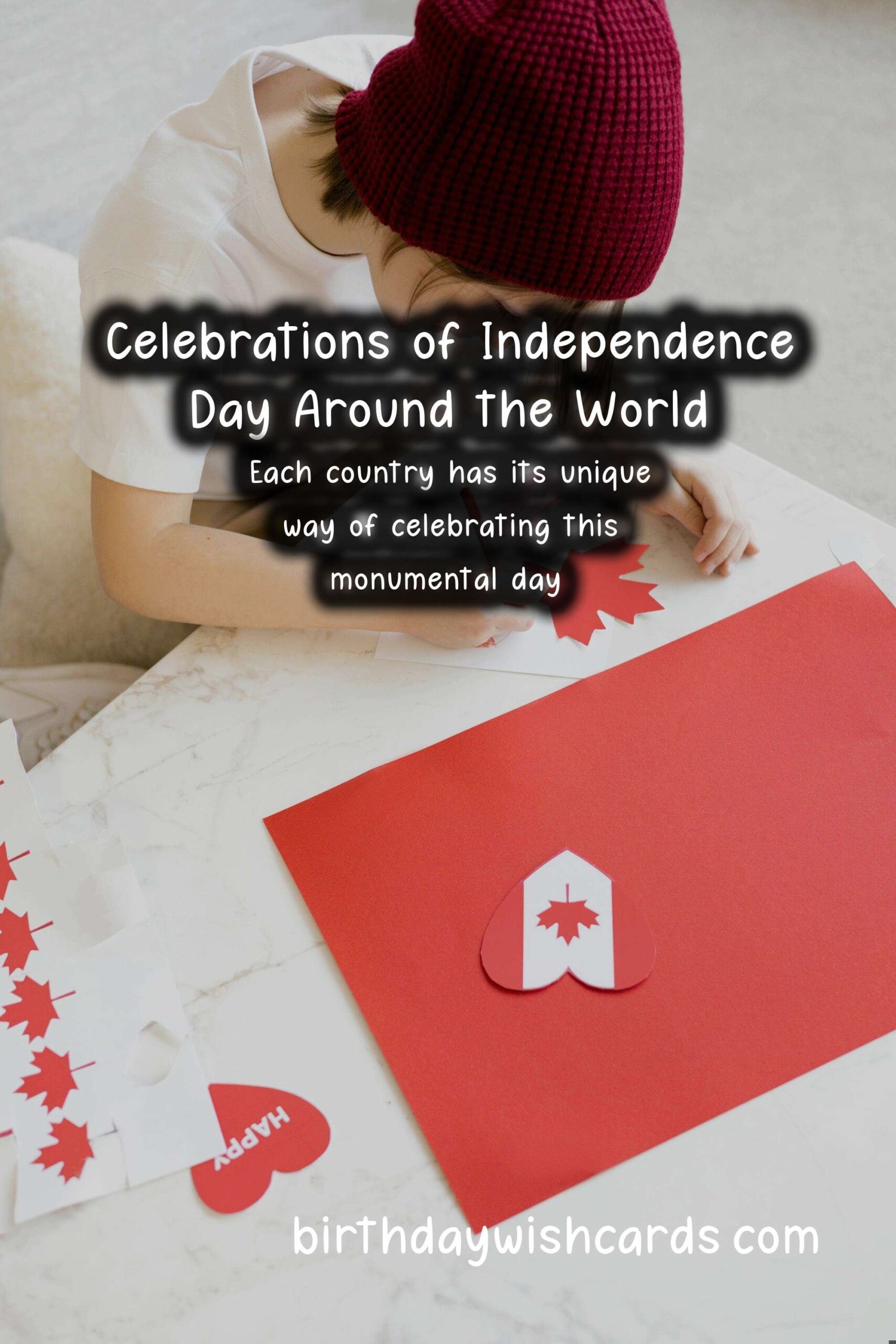

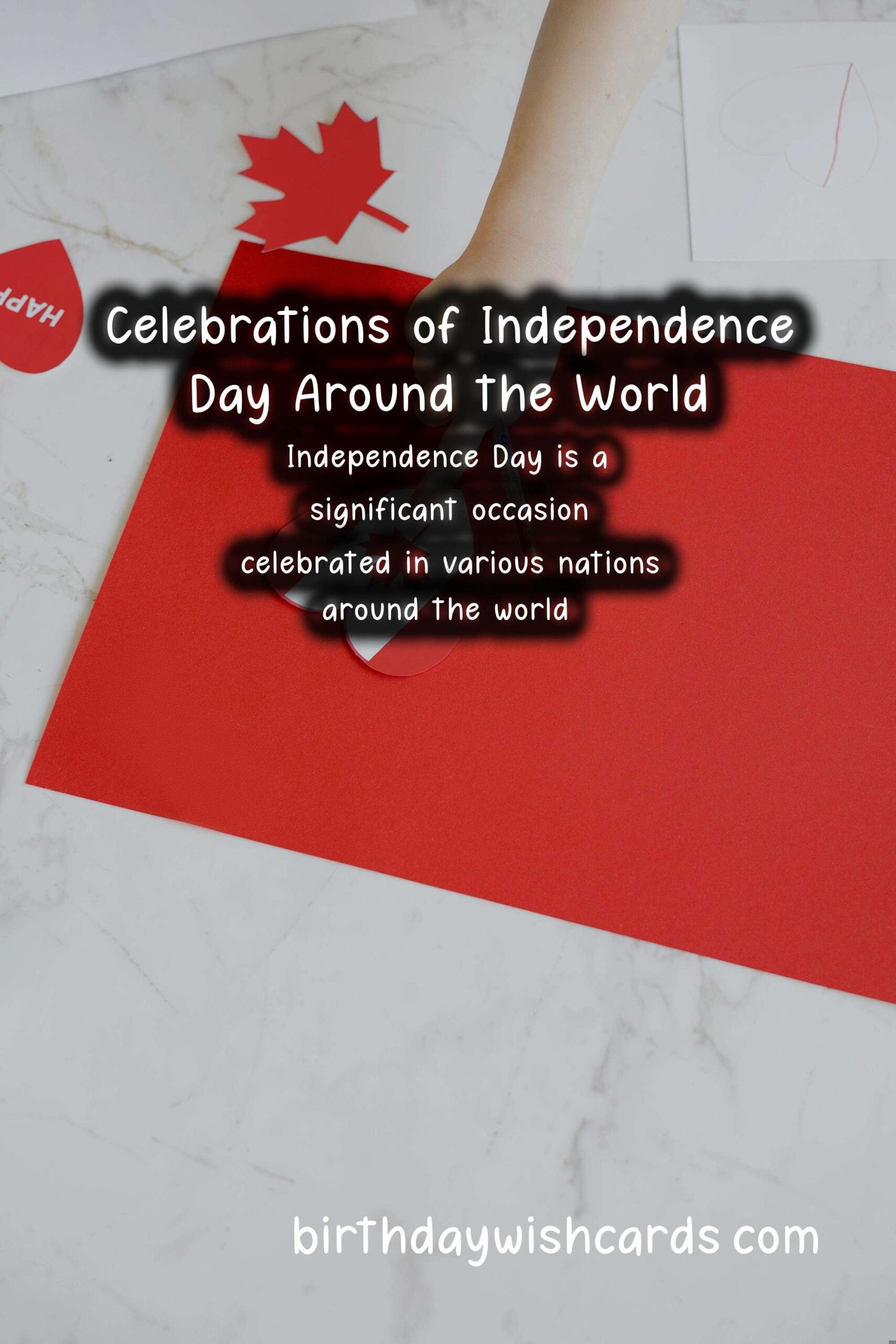
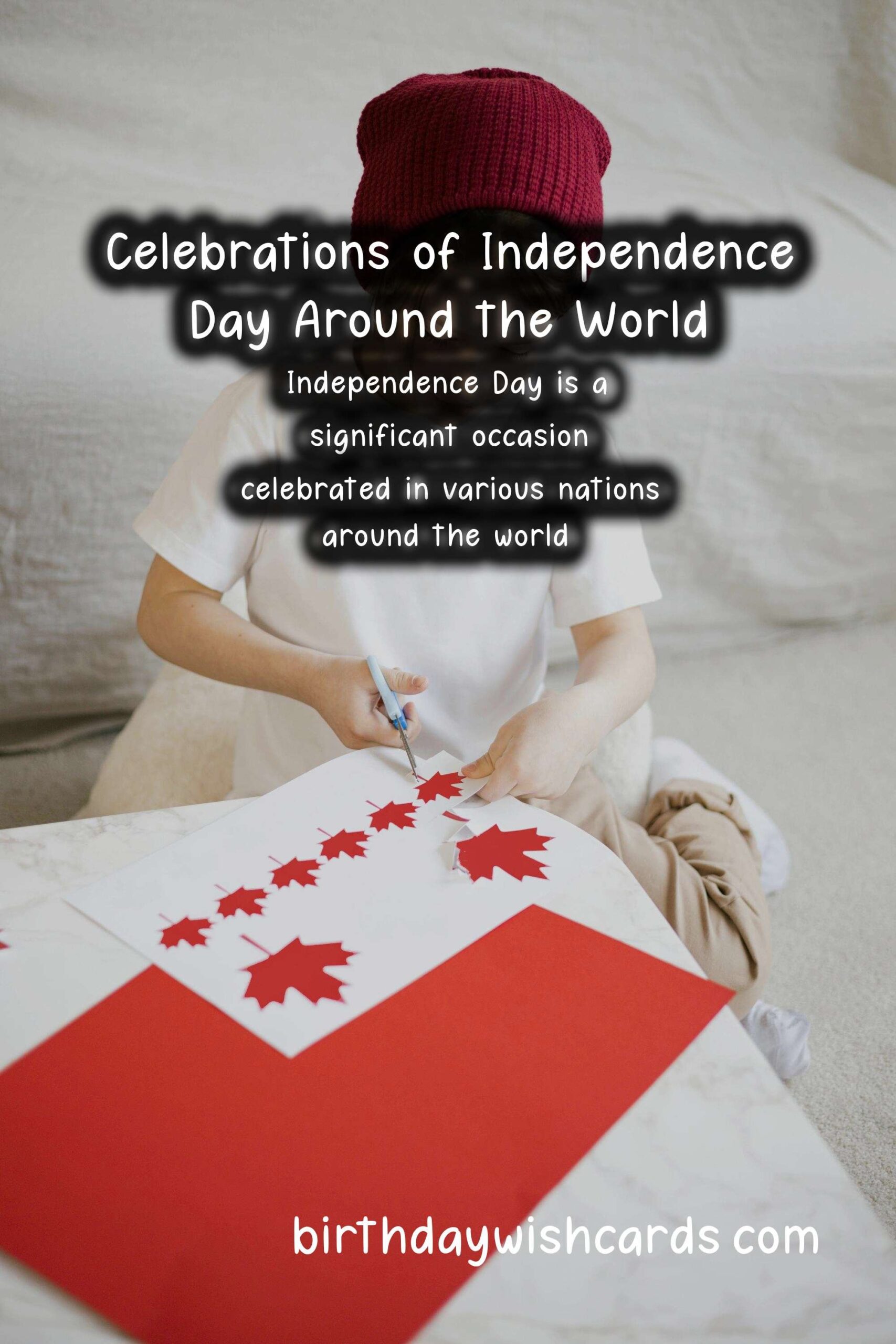

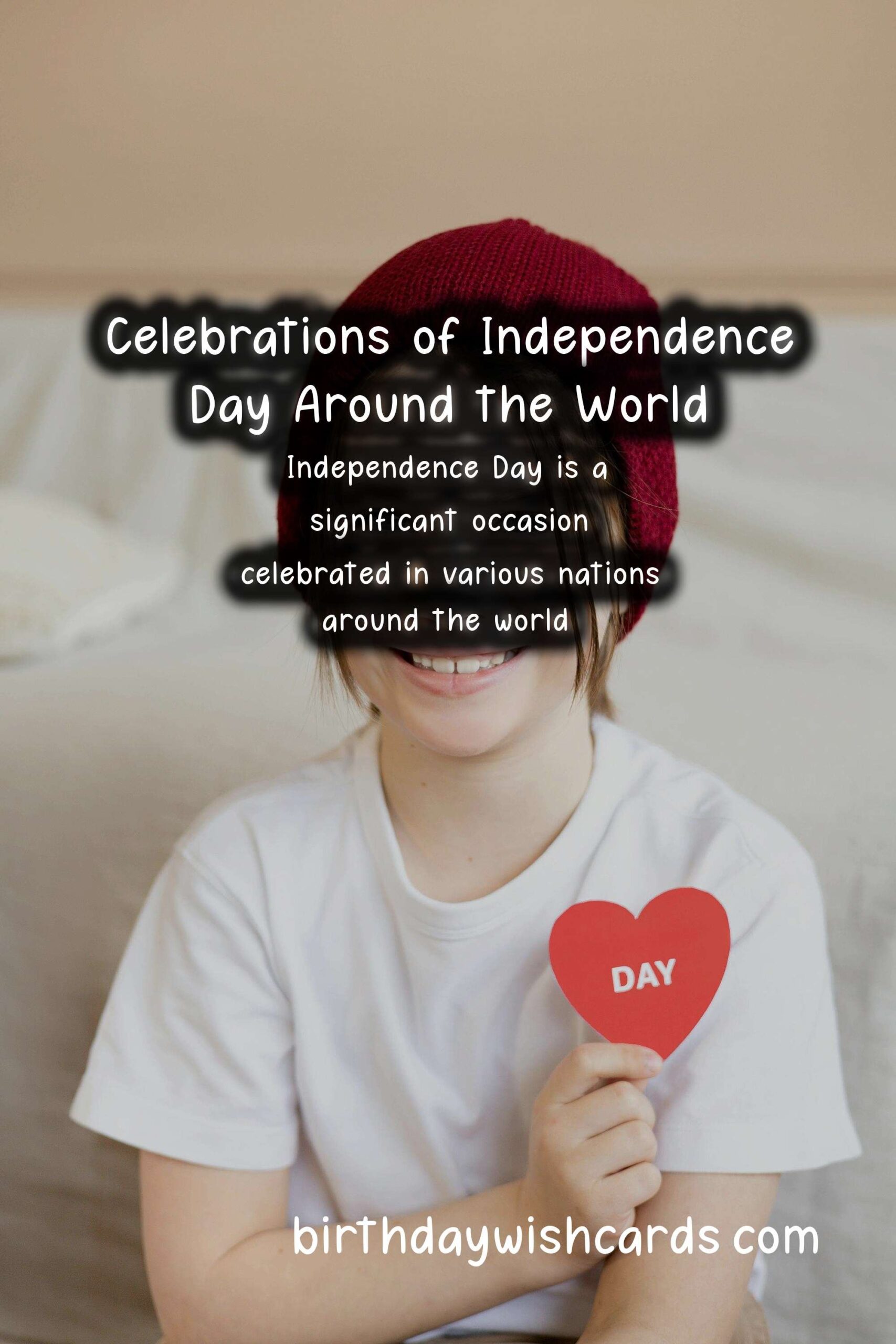

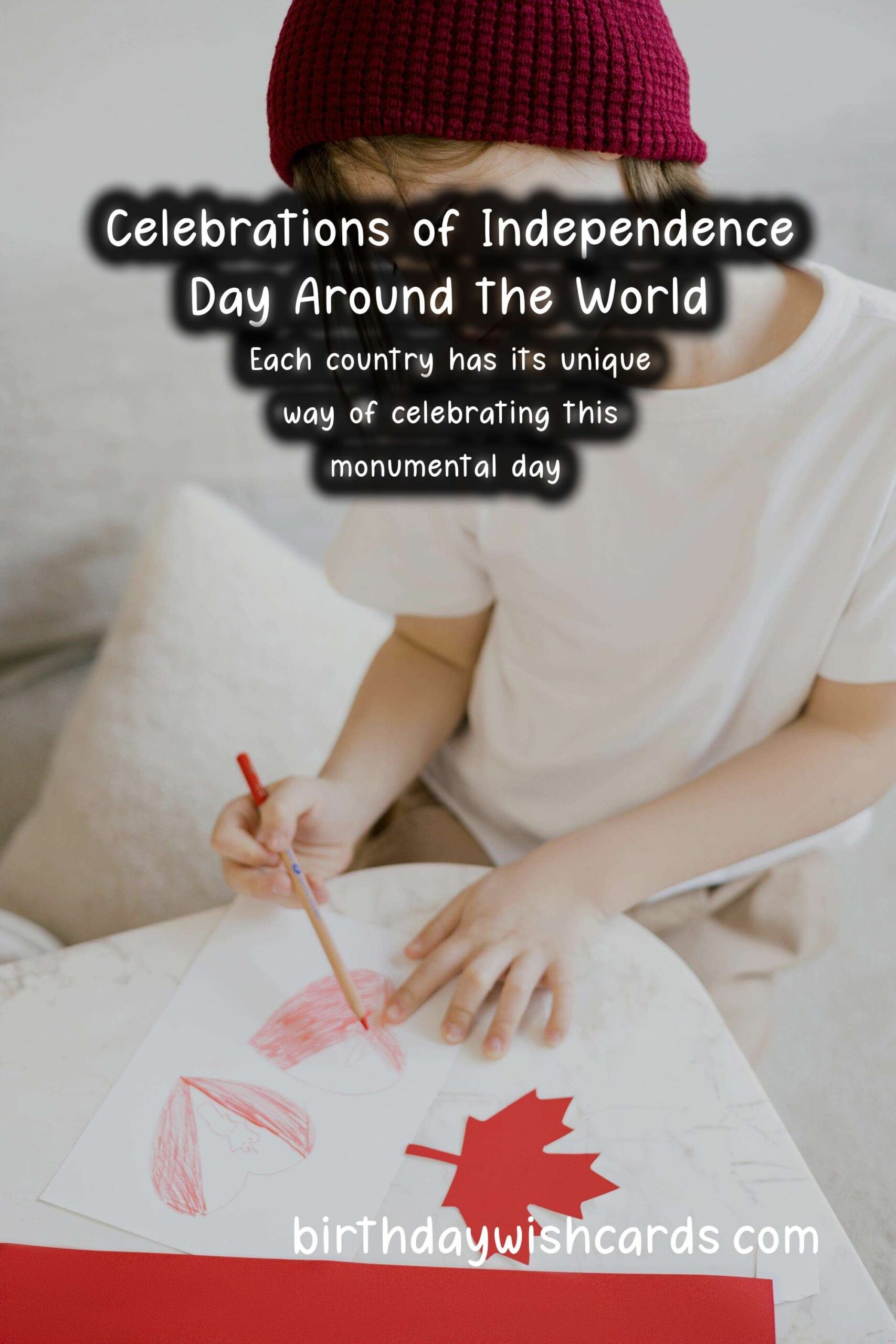
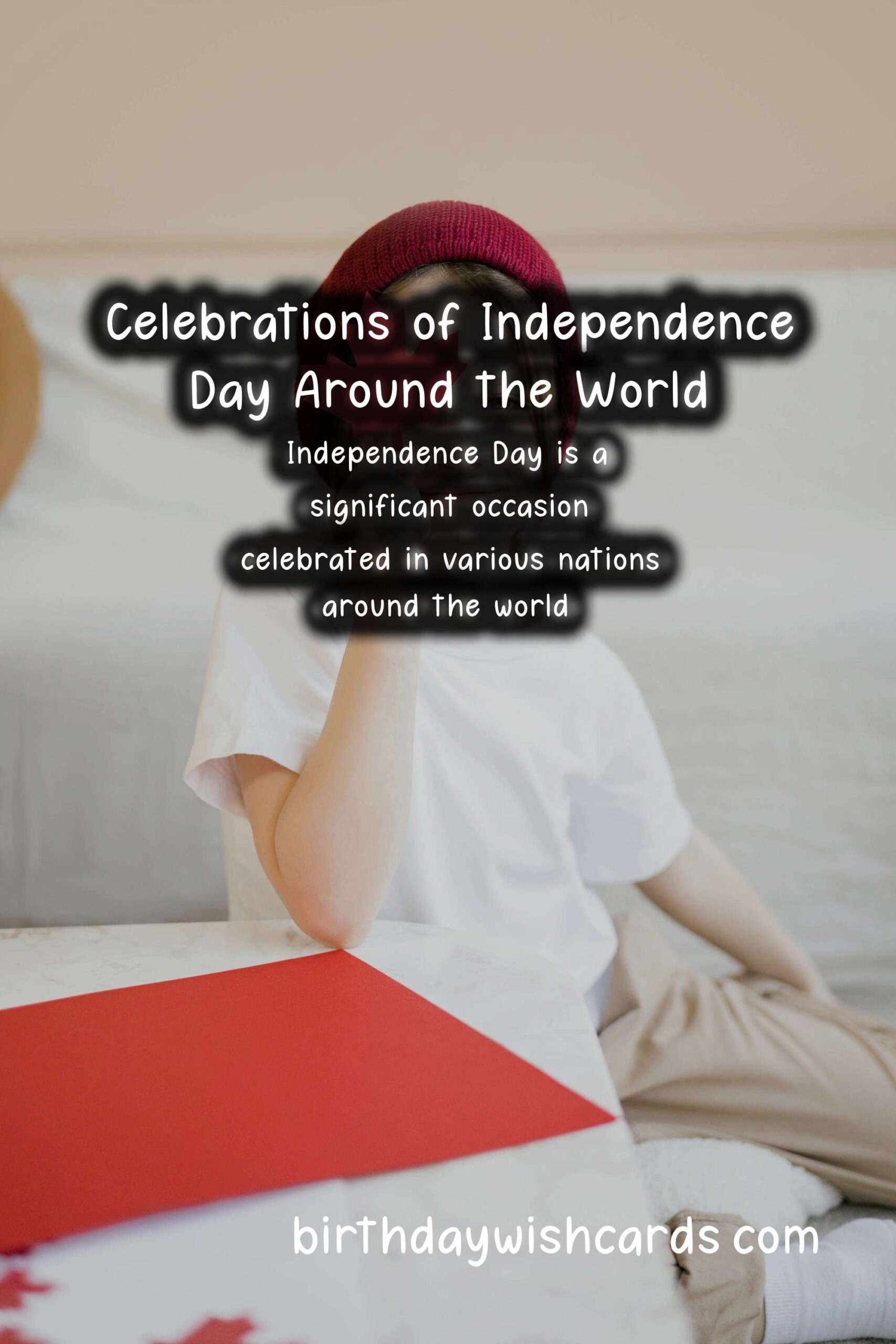
#IndependenceDay #NationalPride







